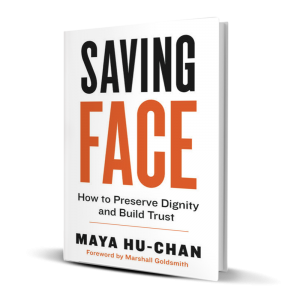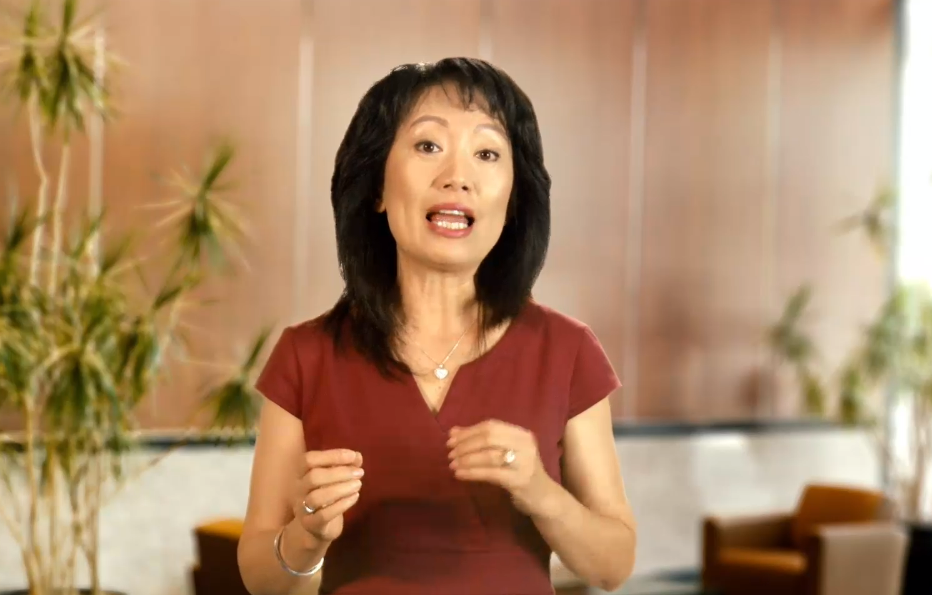When you think of the term saving face, it usually relates to someone taking some kind of an action to keep someone else from feeling humiliated or embarrassed. The concept of face is not just a method to use when problems arise. There is a very proactive, positive aspect of it called “giving face.” Giving face can help create a culture of respect and appreciation which can help you nurture positive work relationships, retain your best people, and get the best out of them.
Recently, my client Martha shared a work challenge during our coaching conversation. Martha and Joe are equal partners on a strategy project for their company. Martha perceives Joe as not delivering on his end of the work. She feels Joe expects her to do all the work. She suspects that Joe does not know how to do the strategy work, but doesn’t want to admit it. From Joe’s perspective, Martha is pushy, dominant, and insensitive. In meetings Martha asks questions, but her tone is condescending. “What are your priorities?” “What resources do you have?” “Can you get it done?” Joe feels like he’s drowning, but Martha is not offering much help or guidance. She just took over the work.
For Joe to feel respected and appreciated, Martha needs to shift her perspective, realizing that a more collaborative approach will lead to a more productive, positive working relationship. Martha’s primary goal shouldn’t be about being right. She should realize that she and Joe are working towards the same end goal. So I encouraged Martha to be a thought partner to Joe, to frame the project’s success as their success. So her communication approach shifted. Instead of asking questions like when will you get this done, she can emphasize collaboration, support, and a win-win for all. She would say, “What would be your top three priorities that will bring a big win for you and your team? How can I support you?” I also encouraged Martha to relate to Joe on a more personal level, to show genuine interest in his life outside of work.
This shift in communication style resulted in Joe feeling safer, less underwater, and appreciated. In these ways, Martha started to truly save face for Joe. Martha took a more collaborative approach by framing the project’s success as their joint success and working towards a common goal. She showed respect and support in her communication approach with Joe. She related to Joe on a more personal level to make him feel safe and appreciated.
So if you want to nurture your relationship and help people do their best work, remember those tips by giving and saving their face. Work to be collaborative more than just being right. Respect their opinion and approach. Just because it’s different doesn’t necessarily mean it’s wrong. Show interest in another person on the human level. Give credit and share success with others.
 My book, Saving Face illustrates how we can honor face to create positive first impressions, avoid causing others to lose face, and, most importantly, help others save face to build trust and lasting relationships inside and outside the workplace.
My book, Saving Face illustrates how we can honor face to create positive first impressions, avoid causing others to lose face, and, most importantly, help others save face to build trust and lasting relationships inside and outside the workplace.
Click here to watch the video.
This video was originally posted on AthenaOnline.com

